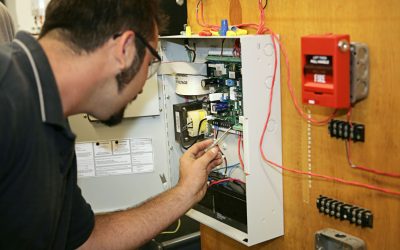In-house design teams for analog circuits often make common mistakes in the design as well as the layout. This is particularly true with prototype development where more complex circuits can create significant challenges.
While a prototype developer or a business struggling with an in-house analog circuit design may think it is more cost effective to do the job themselves, this is usually not the case. Working with a reputable, experienced electronics solutions company can help to reduce the cost, speed up the design and development and prevent the common mistakes that often are the cause of failures and performance issues.
Big Picture
Sometimes known as floor planning, it is essential to have a complete “big picture” view of the circuit before working on the specifics. Each block of the design can be perfect in its own right, but if it doesn’t integrate with the rest of the analog circuit design it is not of benefit.
Working with the entire team in determining the big picture overview of the circuit will be essential. This will also be essential when it comes to actually producing the circuit as it has to be cost effective to be a viable solution.
Matching
It will be very important in an analog circuit to have the voltage and current correctly matched to the components. Avoid incorrectly matching for the transistor sizes and ensure all matched transistors are correctly oriented in the circuit.
ESD Protection
Electrostatic discharge (ESD) protection is common in many different types of chips and circuits today. This is because the circuits are much smaller and the components much closer together.
However, not all ESD protectors are designed to protect all circuits. The most common mistake made is to place the ESD protector at the device rather than at the point where the current enters the circuit. Choosing the correct type of protector and carefully positioning it will be a very important factor to prevent failure of the chip if there is an ESD event.
It is critical to have significant experience in analog circuit design to avoid simple yet very common mistakes. Even something as not running a full scope of simulations and test throughout the design and development process can have long reaching effects on the project. It is much easier to catch issues in the design stage than to go all the way through to prototype development and still have problems.



